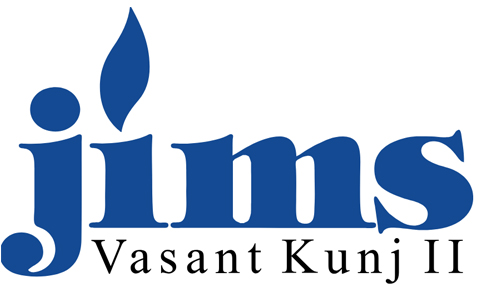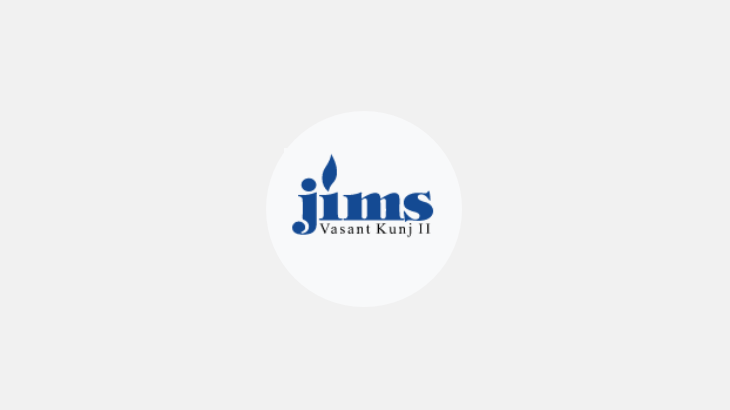Radio is one of the earliest forms of communication used for exchange of culture, information and entertainment with audience. Since, its invention, it has been widely used as a communication tool worldwide reaching mass audience. Being the most effective form of mass communication, it provides several benefits including prompt communication, extensive reach, cost effectiveness and portability. The students in JIMS VK-II are instructed in , amongst the other things, the subtlest nuances of Radio Broadcasting.
Radio is an effective medium of mass communication used to inform, educate and generate awareness amongst the masses. Since years, radio is being widely used as an educational tool to communicate essential facts related to heath, agriculture, weather updates and various other significant information required for public welfare, making it convenient for public to have access to crucial information. Further, radio is also popularly used for entertainment purpose. Music and talk shows, for instance, provide a variety of content to the listeners. Apart from this, there are various programs that discuss topics related to politics, culture and society, hence, providing an eclectic mix of informative programs.
To provide hands-on experience , the Department of Journalism and Mass Communication at JIMS VK-II offers its students access to community radio station set up by the college , where they can produce and broadcast a diverse range of programs, gaining practical insight into the workings of radio.
However, with the advent of technology, there has been a significant shift of audio listeners from radio to podcasts, resulting in a change in the listening pattern of the listeners. It is a part of digital media that allows an individual to create a series of audio content for the listeners. This is also way more flexible than traditional radio, where people are only allowed to listen to the content at a fixed time. Podcasts offer on-demand access to the users where listeners can choose what they want to listen and where they want to listen.
Similar to radio, podcasts also offer a wide variety of content for the listeners ranging from news, education, health, technology and entertainment. However, one of the greatest advantages of podcasts is that they create a niche for the listeners, which means listeners can listen to the programs of their choice.
Further, like radio, podcasts also offer a great amount of accessibility, allowing users to access the content through various streaming platforms free of cost. For instance, there are many platforms which can be also be subscribed by users like Spotify, Google podcasts and Apple podcasts. Unlike, radio, podcasts not only offer audio content, but some podcasts also provide listeners with video podcasts also. Thus making the podcast more engaging and entertaining. Since, podcasts are more flexible and provide on the go entertainment to the listeners, podcasts are expected to grow continuously. With the advancements in technology, listeners can expect even more advanced features and innovations.
The evolution of podcasts over conventional radio listening signifies a major transition in audio listening among the listeners. Although both radio and podcasts have identical features yet evolution in technology reflects a huge shift in culture and audience behavior towards audio medium. Since, the students of JIMS VKII BMC College in South Delhi are the future journalists, it is important for them to learn the various aspects of audio listening. The Department of Mass Communication of South Delhi JIMS VKII aims to provide a comprehensive learning of the audio medium and other important aspects of the media industry.
Dr. Mansi Chopra
Assistant Professor
Department of Mass Communication

